
Ghana has an opportunity to get ahead of any crisis or unrest that may arise from environmental degradation as map data and satellite imagery can help guide how we watch, protect and preserve natural resources.
His Excellency Robert Jackson, Ambassador of the United States of America (USA), who made this known, added that when the government, communities and researchers knew what drove change in their landscape, they could make informed and evidence-based decisions, adding Real time data could influence policy formulation.
He was speaking at a Workshop on "The Value of Maps and Satellite Imagery in Storytelling" in Accra.
Ambassador Jackson noted that Ghana, like many other countries in the region, relied heavily on revenues from natural resources and agricultural outputs.
Due to this, he said, large tracts of dense forests had been cleared to support increased cocoa production while mining had caused and was causing localized land degradation and water pollution.
He said a quarter of Ghana's population was concentrated in the narrow coastal zone and that the expansion and land cover conversion came at the expense of Ghana's natural land cover types.
The US Ambassador disclosed that there was a 56 per cent increase in agricultural land use between 1975 and 2013 - a rate of expansion, which he described as unprecedented in Ghana's history.
Furthermore, he said, upland tropical forests saw a 24 per cent loss while dense gallery forests along rivers and streams decreased by 39 per cent, with Savannah and woodlands reducing by more than 20 per cent. "We now see a landscape suffering from widespread erosions, loss of soil nutrients, degraded condition of watersheds and major losses of biodiversity," the US envoy indicated.
He, therefore, urged participants to make use of the resource acquired at the workshop to help tell the story of Ghana's environment and development. "You have the tools, the medium and the capacity to do this. I am counting on you to help move Ghana's development forward and eager to see how you do so," he added.
On his part, a member of the Media Coalition Against Galamsey in Ghana, Mr Kenneth Ashigbey, urged media practitioners to acknowledge the current media convergence and the use of data to write stories.
Mr Ashigbey called on media practitioners to collaborate with all stakeholders who would provide the necessary data in order to put the news story together.
Present at the closing ceremony were Mr Crystal Weathersby, USAID West Africa; Mr. Robert Patrick Ankobiah, Acting Mission Director; Ms Carol Annang, Acting Chief Director, Ministry of Food and Agriculture and a Member of the Media Coalition Against Galamsey in Ghana.
Source: ISD (Isaac Ametepe & Rita Enyonam Dakudzie)
Read Full Story
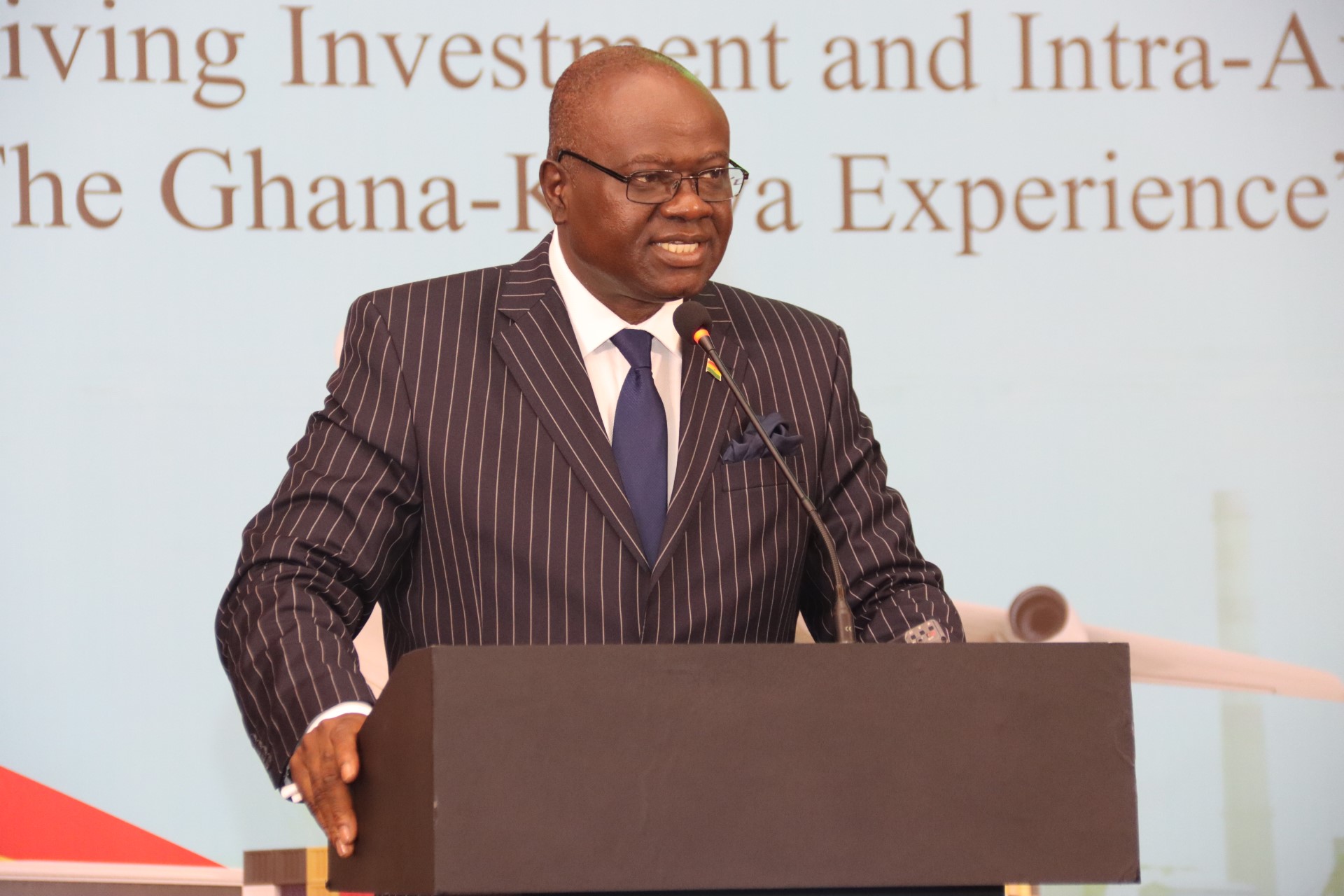


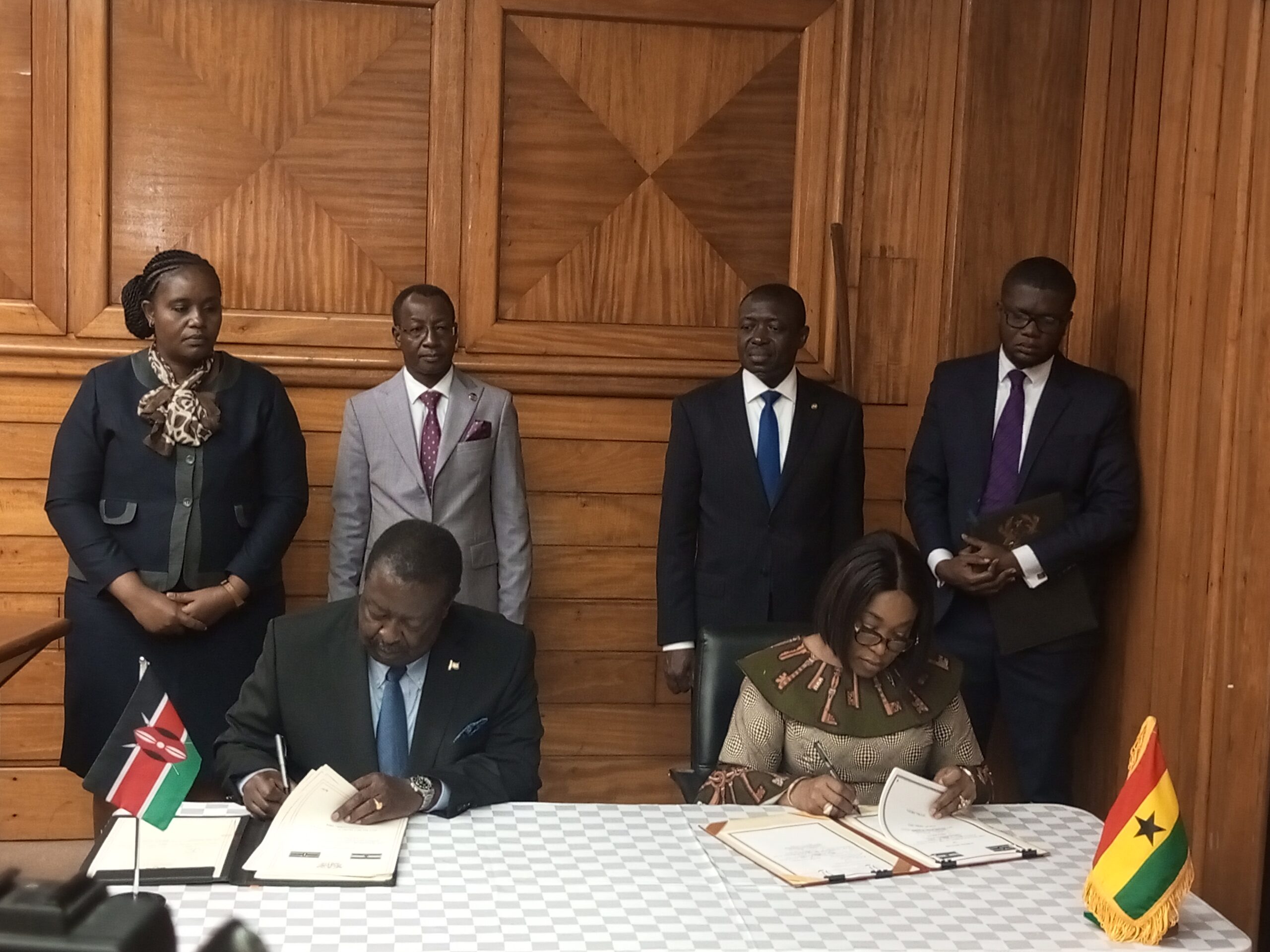

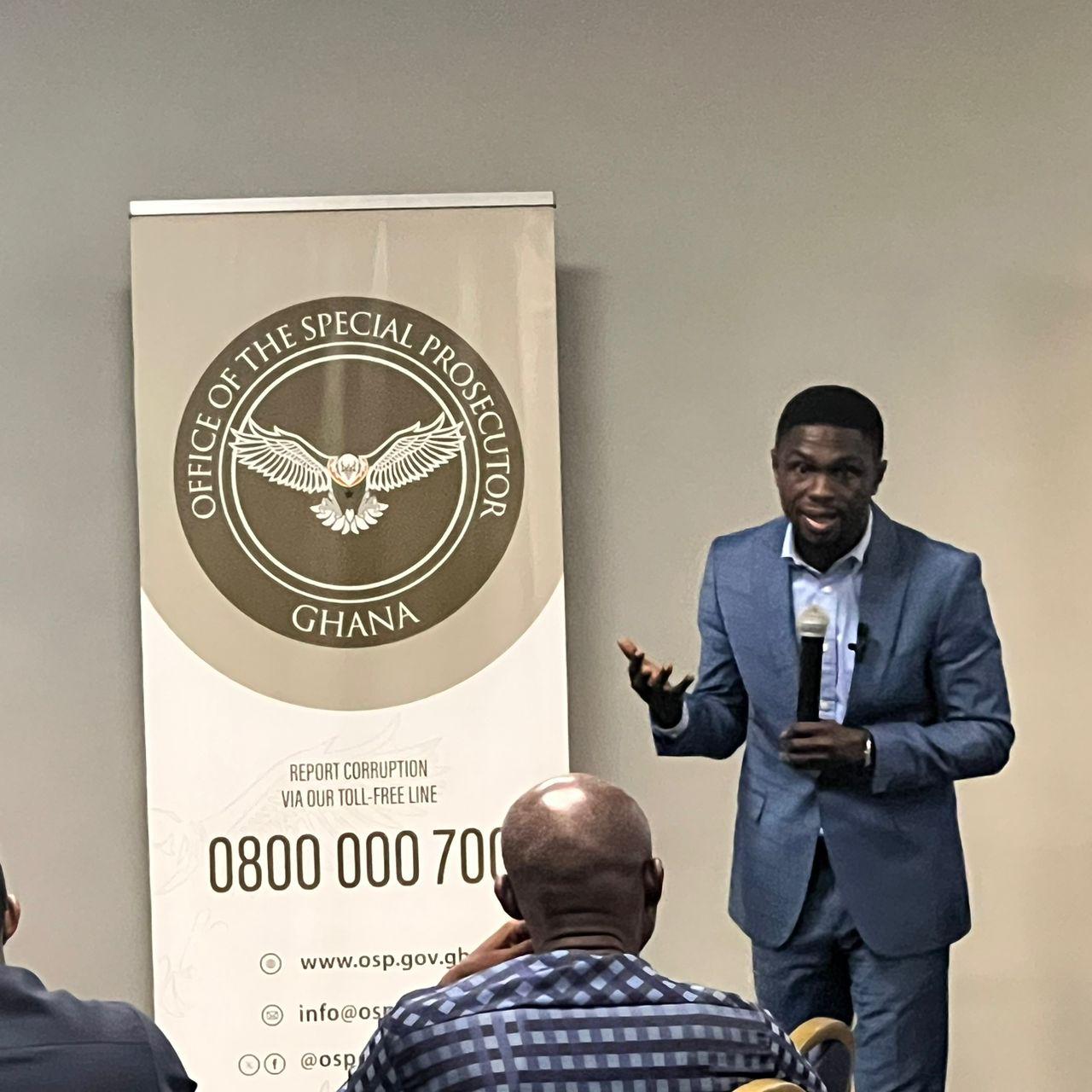





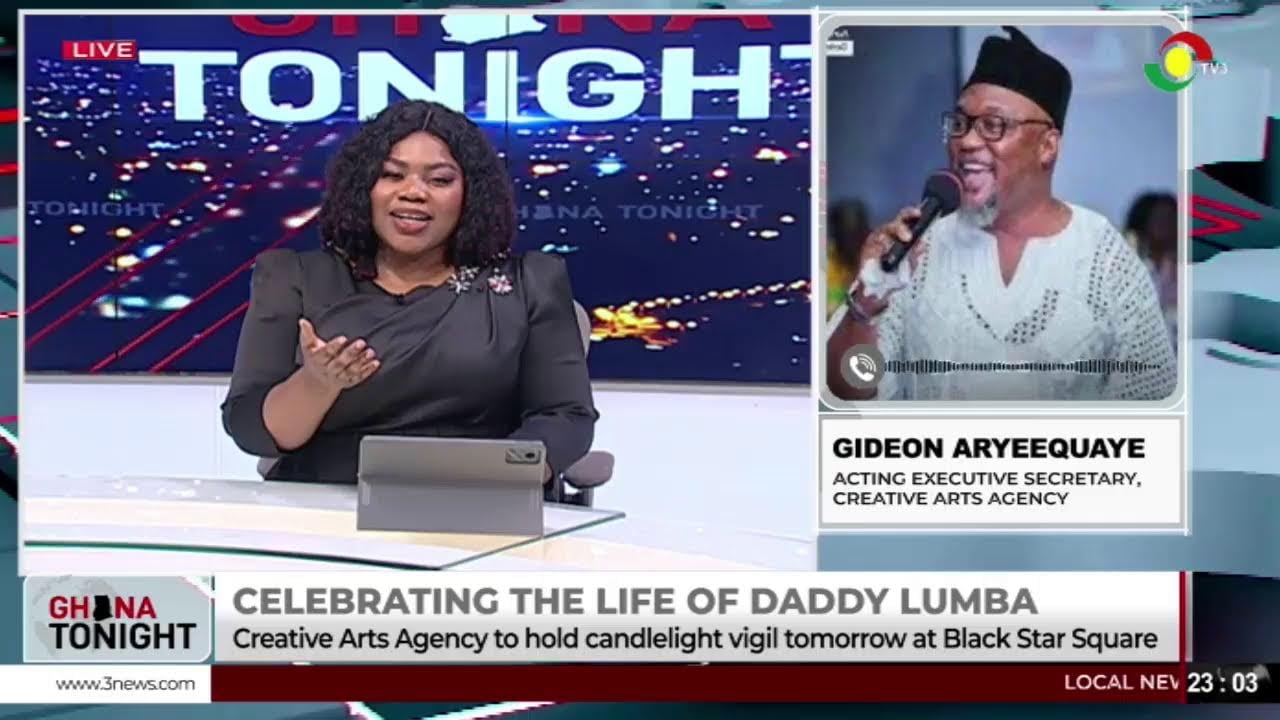
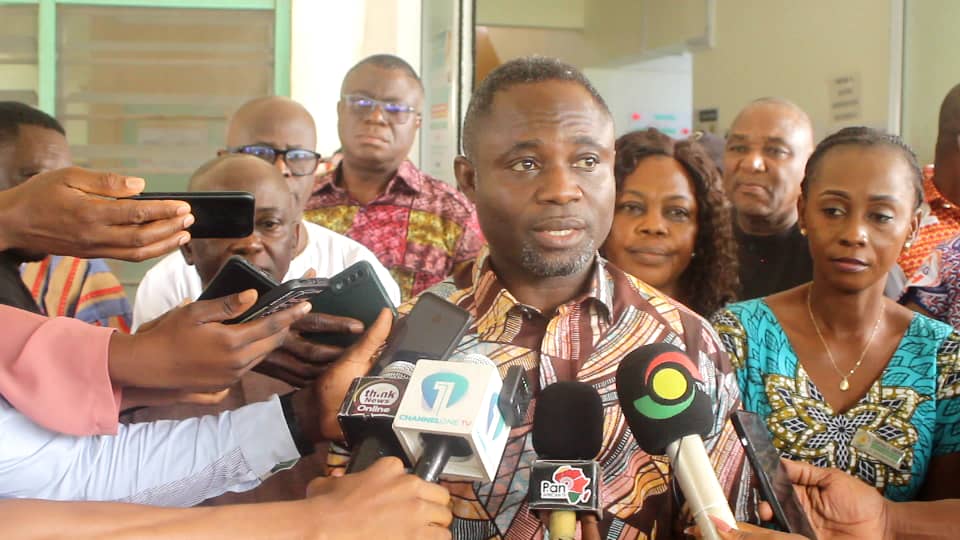



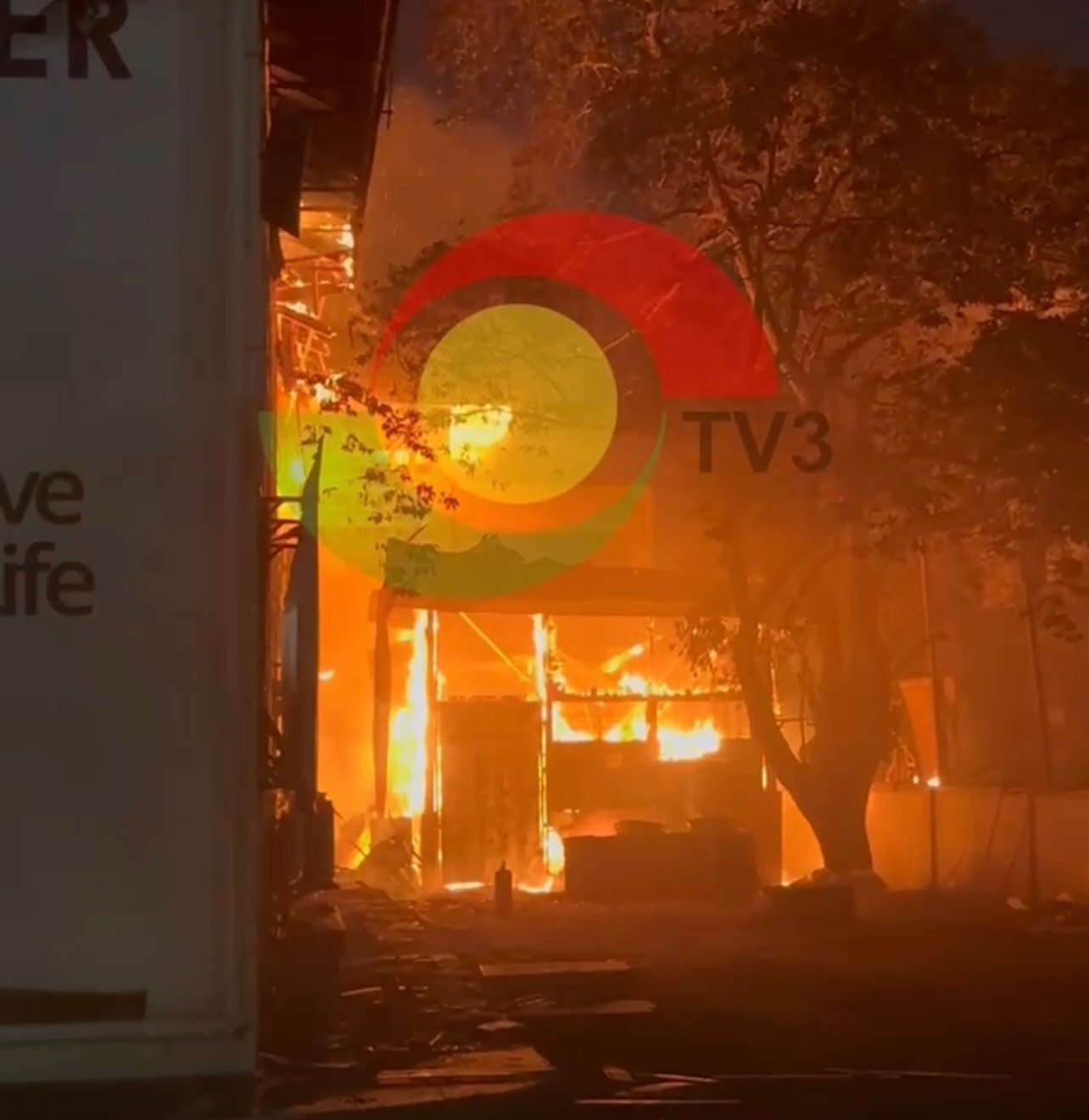
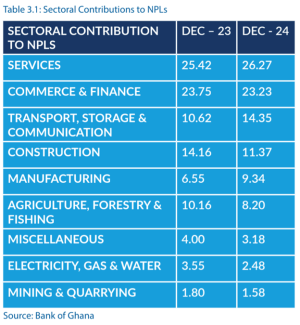
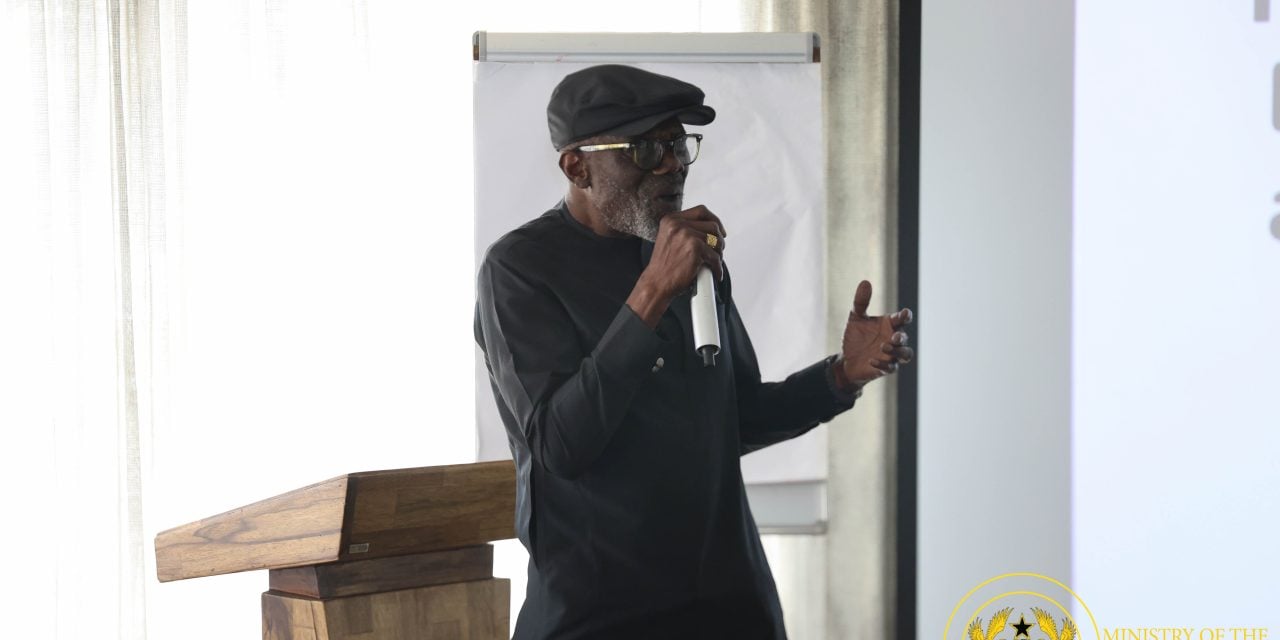
Facebook
Twitter
Pinterest
Instagram
Google+
YouTube
LinkedIn
RSS